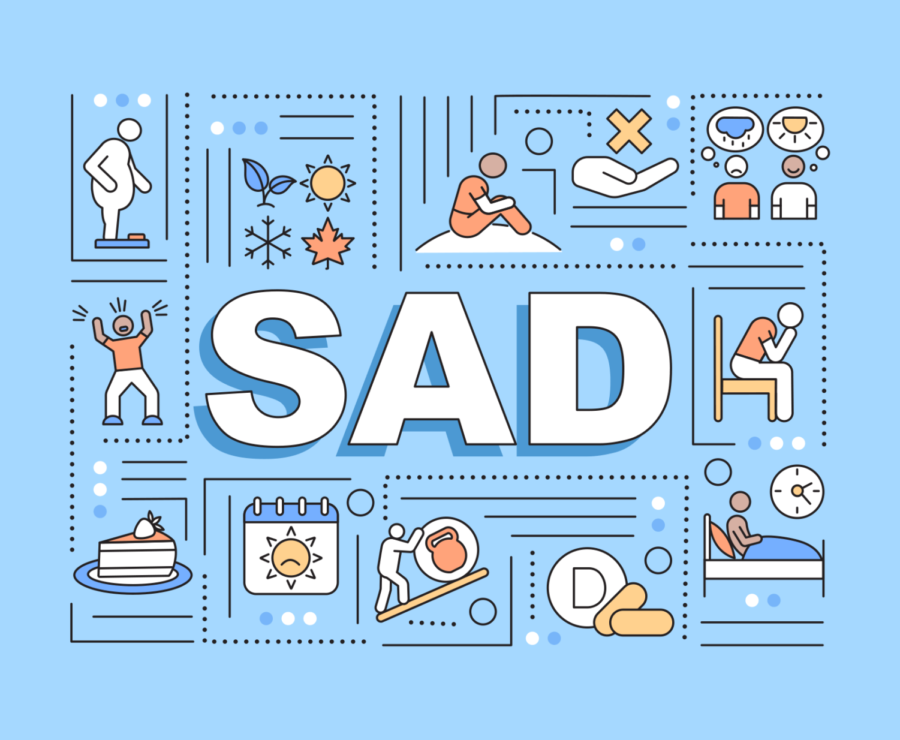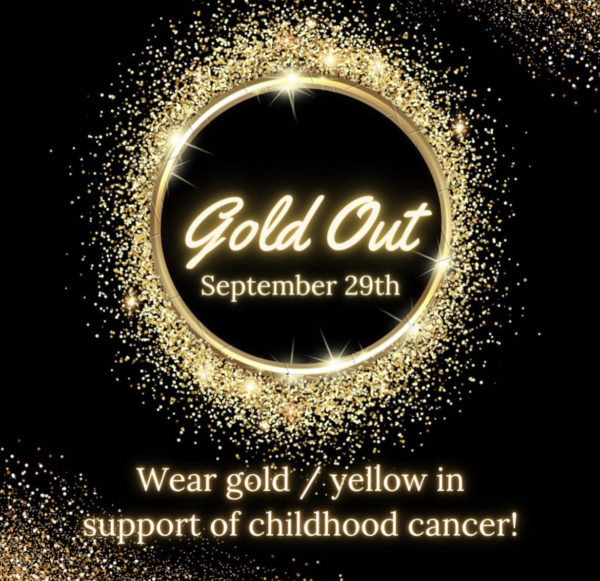Seasonal Depression effecting students and their school work
Picture symbolizing effects of Seasonal Affective Disorder.
The sun seems to be a rare occurrence lately, and with the sun already going down around 5 pm some students have been feeling the effect of a lack of sunlight possibly suffering from Seasonal Depression also known as Seasonal Affective Disorder (SAD).
SAD according to Cleveland Clinic, is a type of depression that is often triggered by changes in seasons. SAD usually starts in late fall, making us feel down and depressed during the colder months. It affects your daily life and the way you think and feel.
Researchers don’t know exactly what causes seasonal depression. Lack of sunlight may be a trigger if you’re prone to getting it. It is suggested that brain chemical imbalance, vitamin D deficiency, melatonin boost, and negative thoughts are all suggested to be causes.
Through research, it was found to affect women more than men, and the reason why is still unknown. Signs of SAD are often seen more in young adults between the ages of 14-25.
With the stress of midterms and the end of the quarter here at BASH, students with SAD are likely to experience feelings of tiredness or weakness, sadness, and social withdrawal. Overall it gives students a big lack of motivation during a work-heavy time of year in school.
Some students are able to get into a schedule that works for them but for others, it’s not that easy.
One BASH sophomore had a lot to say about what they’ve been going through, “It’s not just a funk, you feel so unmotivated and sad. I’ve been falling behind in school because I just feel so depressed. I’ve struggled with seasonal depression since middle school, and my mom has trouble with it too so that brings me comfort in a way. My mom does light therapy but I try to do other things to distract my mind. Some things work and some things don’t.”
There are many ways to handle SAD including light therapy, which involves using a bright light or special lamp that replicates the sun to give a calming warm effect. You can also spend time outdoors, going on walks and runs, or even just sitting outside to get fresh air. Obtaining food and vitamins that include vitamin D can also help improve your mood.
It’s always a good idea to look for your personal signs and triggers so you can take some time for yourself. Not everything works for everyone, there are endless lists of ways to help with SAD, sometimes happy thoughts aren’t enough so it always good to keep an open mind to ways to help with SAD.

Anastasia Davis is a Senior this year and is currently in journalism II. She enjoys expressing herself and informing others through her writing. In her...






















